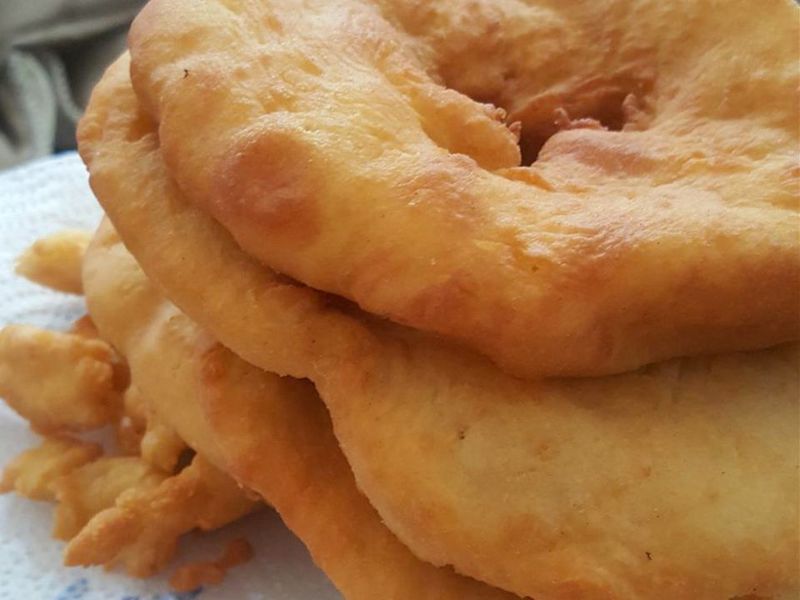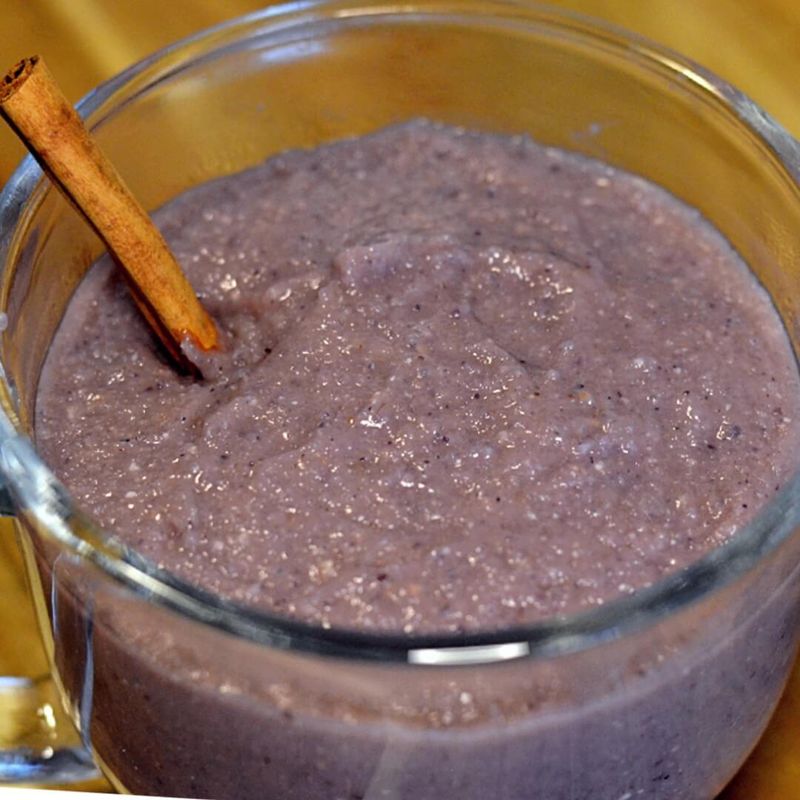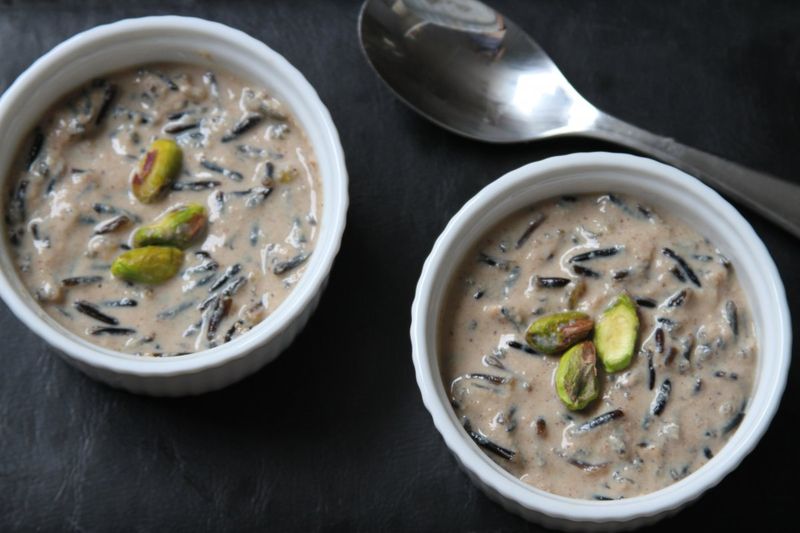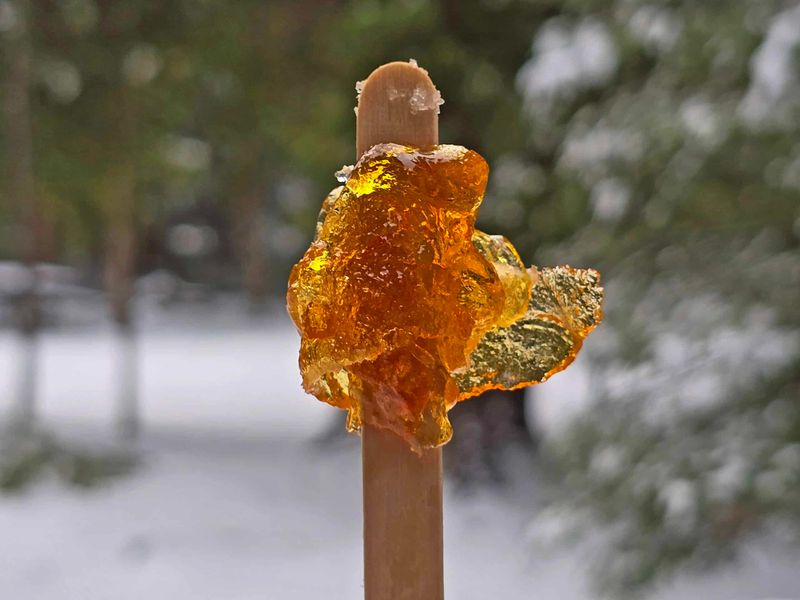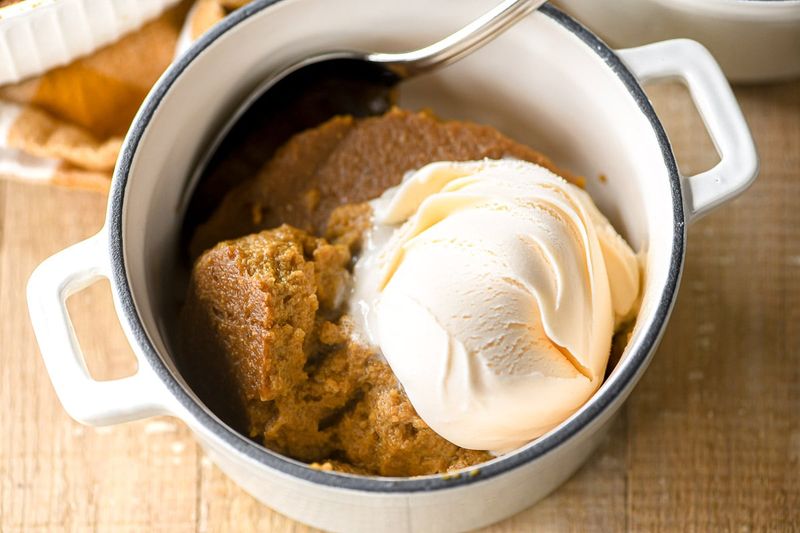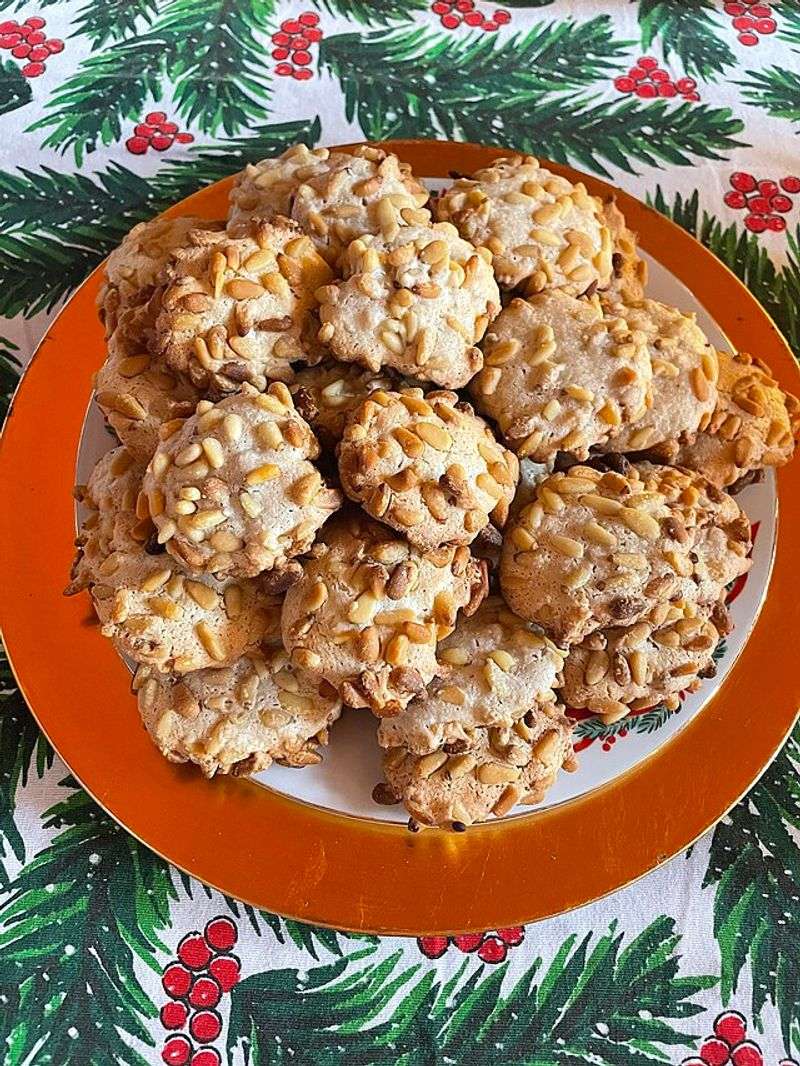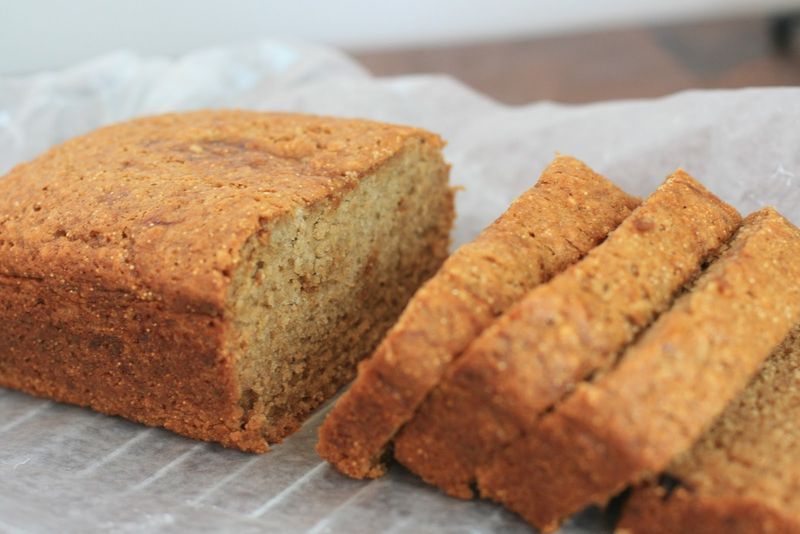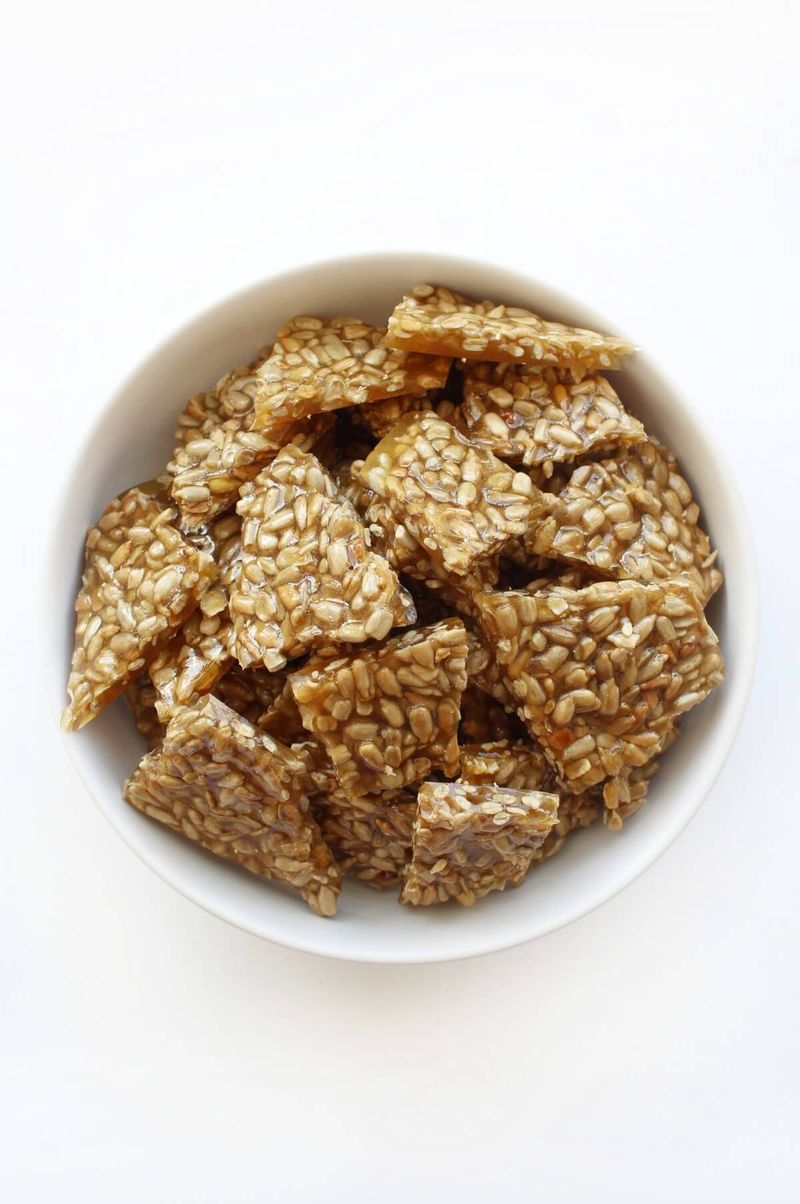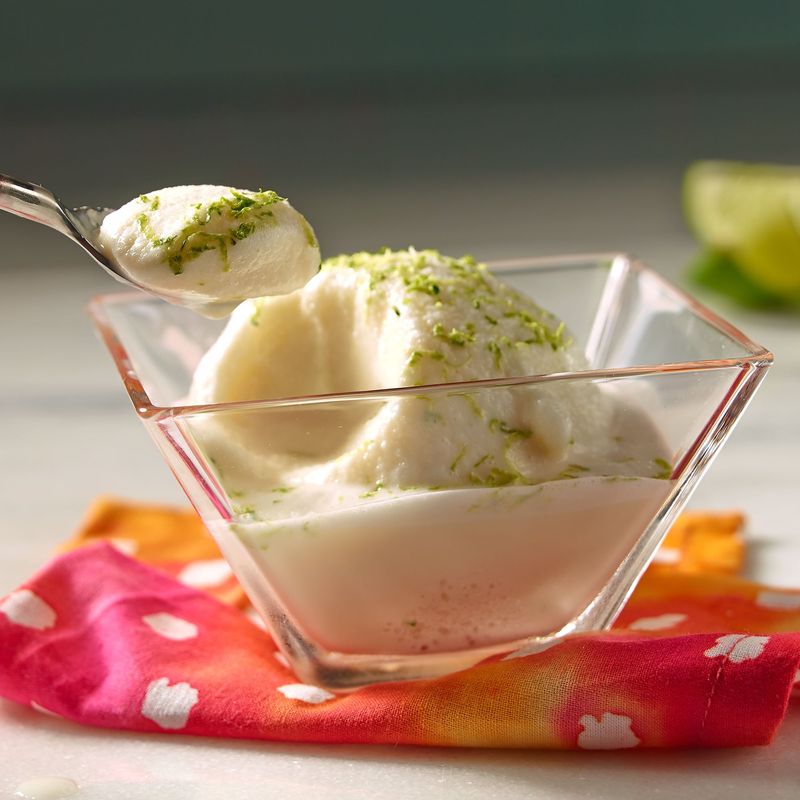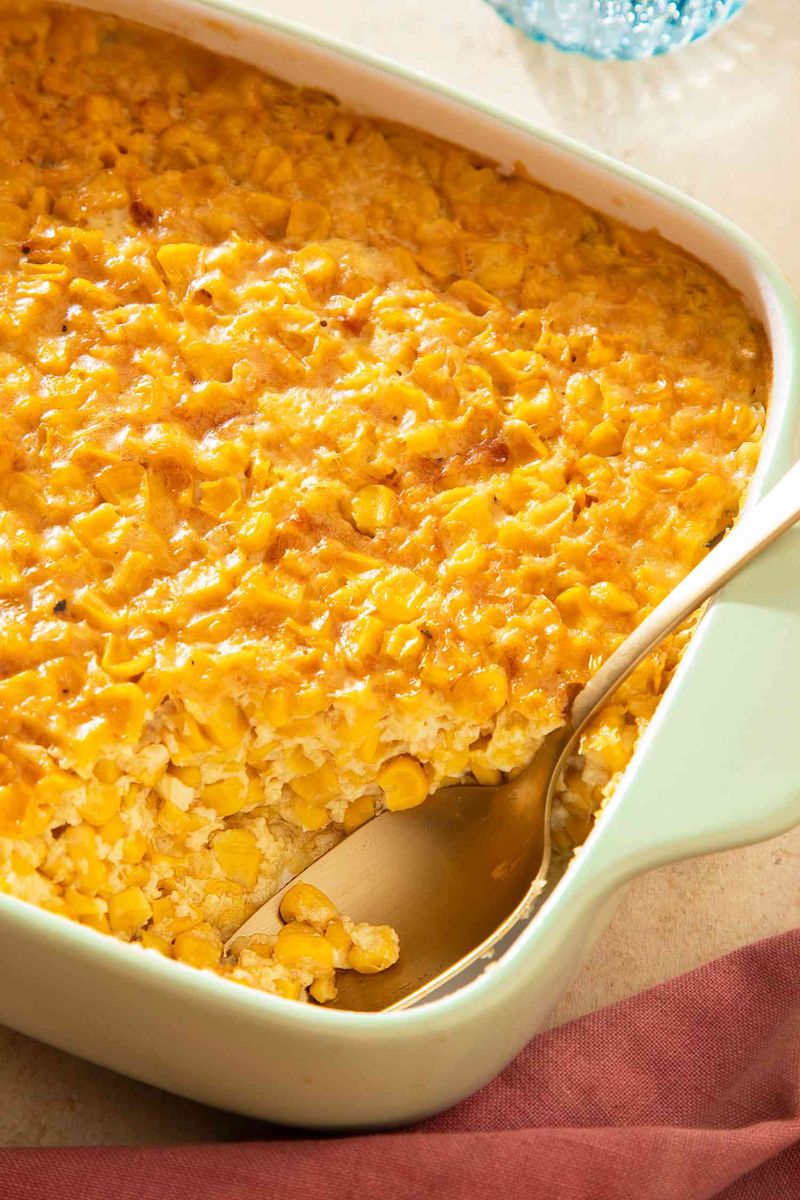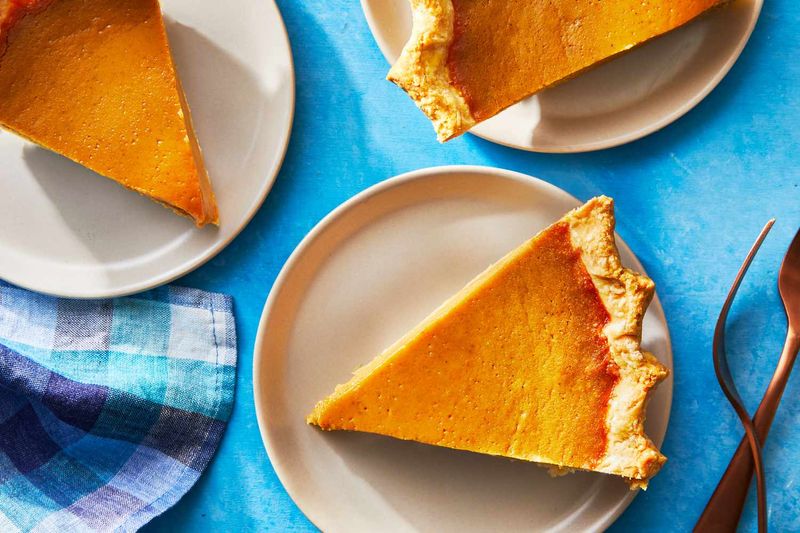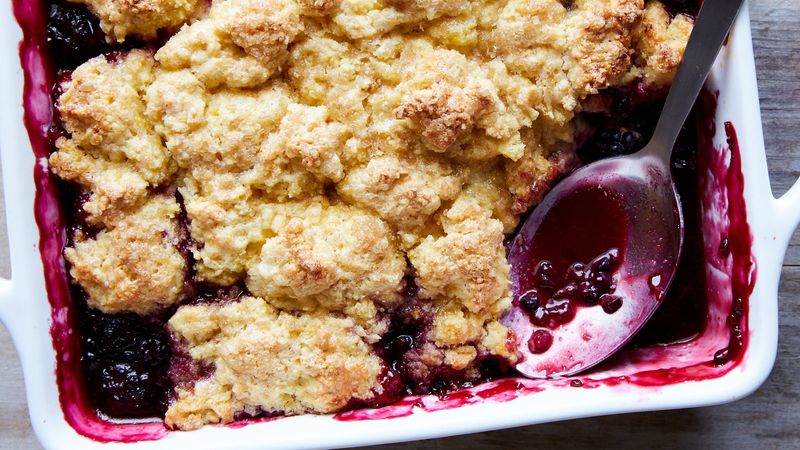Craving a sweet road trip with soul and story baked in? These Indigenous desserts carry centuries of tradition, survival, and celebration in every bite. From Arctic akutaq to Pueblo blue corn porridge, each dish reveals how Native foodways adapt while honoring ancestral ingredients. Pack your curiosity and appetite, because these twenty desserts are worth the miles and the memories.
1. Wóžapi (Berry Sauce or Pudding) – Dakota & Lakota Nations
Wóžapi is a vibrant berry sauce that captures the northern plains in a spoonful, traditionally simmered from chokecherries or blueberries until thick and tangy-sweet. Served over hot fry bread or cooled into pudding, it balances tartness with comfort. Many families guard recipes, adjusting sugar levels and thickening with corn starch or naturally reduced fruit. Today, chefs elevate it with huckleberries, maple, or cedar infusions while keeping its heart intact. Try it at community gatherings or Indigenous eateries where conversation flows as generously as the sauce. Wóžapi is heritage you can taste, connecting seasons, stories, and land.
2. Akutaq (Alaskan Ice Cream) – Yup’ik & Inupiat Peoples
Akutaq, often called Alaskan ice cream, is a whipped celebration of endurance and community. Traditionally made with animal fat and snow, it turns wild berries into a velvety, sustaining treat for harsh winters. Modern versions use shortening or vegetable fats, but the spirit remains: sharing energy-rich sweetness at gatherings. Each region blends unique berries like salmonberries, blueberries, or crowberries, sometimes adding fish for savory complexity. The texture is cloudlike and cool, subtly sweet, deeply satisfying. Sampling akutaq offers a window into Arctic ingenuity, where flavor and function merge to honor the land’s gifts and people’s resilience.
3. Fry Bread with Honey or Wóžapi – Pan-Tribal
Fry bread is comfort shaped by survival, a crisp-edged, pillowy canvas for honey, powdered sugar, or wóžapi. Born from government commodity rations, it has become a pan-tribal staple at powwows and family tables. Each region tweaks the dough, from airy puffs to denser disks, reflecting local preference and history. Topped sweet or served as savory tacos, it connects communities through shared memory. Savor it hot, when the crust crackles and the honey pools into tender pockets. While its origin is complex, today it serves as a gathering food, fueling dances, stories, and remixed Indigenous cuisine.
4. Grape Dumplings – Cherokee & Southeastern Tribes
Cherokee grape dumplings turn humble ingredients into celebration, simmering cornmeal dough in a sweet, grapey bath. The rich color and aroma signal tradition, especially during festivals and family reunions. Dumplings should be tender but not mushy, holding shape as they absorb juice. Some cooks finish with a pat of butter or a drizzle of honey, while others emphasize the natural fruit. The dish pairs nostalgia with practicality, stretching seasonal grapes into a crowd-pleaser. Expect a gently sweet, comforting bowl that feels like a hug from the past. It is a must-taste at Cherokee cultural gatherings.
5. Blue Corn Atole – Pueblo & Navajo Nations
Blue corn atole is nourishment in a mug, a silky porridge or drink with a toasty, mineral depth. Ground heirloom blue cornmeal brings color and heritage, thickened slowly until it coats the spoon. Sweetened with honey or maple and scented with cinnamon, it is soothing at breakfast or after a chilly evening. Some versions are thinner for sipping, others rich and spoonable. Atole’s simplicity makes room for nuance: pinches of cedar ash, vanilla, or nut milks. It is a sensory reminder of land stewardship and seed-keeping, offering comfort that lingers long after the last sip.
6. Wild Rice Pudding – Anishinaabe (Ojibwe)
Wild rice pudding celebrates manoomin, the hand-harvested lake rice central to Anishinaabe culture. Simmered until tender-chewy, the grains bathe in maple-sweetened milk alternatives or light broth, then fold with berries. The result is earthy, lightly sweet, and deeply aromatic, honoring lakes and harvesters. Texturally, it is pleasingly nubbly rather than mushy, with maple tying everything together. Some cooks add hazelnuts for crunch or infuse with cedar. Served warm or chilled, it nourishes body and heritage. Enjoy it at Indigenous restaurants championing pre-colonial flavor or at community feasts where stewardship and seasonality guide the bowl.
7. Maple Snow Candy – Haudenosaunee & Algonquian Peoples
Maple snow candy is winter’s theater, where hot syrup meets clean snow and transforms into chewy ribbons. The snap and stretch evoke sugarbush traditions shared across Haudenosaunee and Algonquian homelands. Flavor is pure maple, complex and slightly smoky, with a soft taffy pull. Kids and elders gather to roll it onto sticks, laughter mingling with steam. It is seasonal, ephemeral, and worth planning around sugaring time. The best experiences pair storytelling with tastings of early and late runs. Visit heritage centers during February and March to catch the sweetest show on snow.
8. Mesquite Bean Cakes – Tohono O’odham & Apache Nations
Mesquite bean cakes turn desert pods into soft, caramel-noted sweetness. Ground mesquite flour brings natural sugar and a hint of cocoa, making small cakes that feel both ancient and contemporary. Often bound with water and a touch of oil, they can be pan-toasted or baked, sometimes dotted with seeds. The flavor is gentle and wholesome, pairing beautifully with coffee or herbal tea. Eating them connects you to drought-resilient foods and Indigenous ecological knowledge. Seek them at community cafés and milling festivals to understand the full seed-to-plate story. Your palate will meet the Sonoran Desert in every bite.
9. Indian Pudding – Northeast (Wampanoag origins)
Indian pudding is New England’s slow-baked echo of Wampanoag corn porridge, now enriched with molasses and warming spices. The texture is custardy yet substantial, with cornmeal lending gentle grit and sweetness deepened by molasses. Long oven time coaxes caramel notes and a cozy aroma that fills the room. Traditionally served warm, it welcomes maple or a splash of cream alternatives. While colonial adaptations shaped it, its heart remains Indigenous maize. Enjoy it where history still bakes in clay crocks and stories pour like syrup, bridging past and present in every spoonful of comfort.
10. Pine-Nut Cookies – Great Basin Tribes (Shoshone, Paiute)
Pine-nut cookies spotlight the rich oils and buttery flavor of Great Basin nuts, ground and mixed with honey into tender rounds. With minimal ingredients, these cookies honor scarcity and seasonality, offering deep satisfaction without heaviness. The crumb is moist with a delicate chew, punctuated by toasty notes. Some recipes fold in juniper or a pinch of salt to heighten the wild character. Eaten fresh, they perfume the air with resinous sweetness. Seek them at cultural centers and seasonal markets where local harvesting knowledge is shared alongside treats. They are small, simple, and unforgettable.
11. Pumpkin Sweet Mash – Iroquois / Haudenosaunee
Pumpkin sweet mash distills autumn into a spoon: roasted squash blended smooth and brightened with maple. Sometimes cornmeal adds body, recalling ancient Three Sisters harmony. The result is naturally sweet, lightly spiced at most, letting pumpkin’s clean flavor shine. Served warm, it pairs beautifully with nuts or dried berries. This is comfort with roots, showcasing food sovereignty and seed-keeping traditions. It is equally at home as a dessert or alongside savory dishes. Taste it at museums and community feasts where ancestral agriculture and contemporary kitchens meet in respectful, delicious dialogue.
12. Amaranth Honey Cakes – Pueblo & Southwestern Tribes
Amaranth honey cakes showcase an ancient grain reborn, with tiny seeds lending a toasty crunch and nutty aroma. Bound with honey or agave, they bake into tender bars that travel well and satisfy without excess sweetness. The texture straddles cake and energy bite, making it perfect for markets and hikes. Some bakers add piñon, citrus zest, or dried fruit for complexity. Each bite nods to resilience, as amaranth thrives in heat and poor soils. Enjoy them fresh or wrapped for later—either way, they echo landscapes and lifeways of the Southwest in portable form.
13. Sunflower Seed Brittle – Plains Tribes
Sunflower seed brittle brings crackly joy to any gathering, trading peanuts for Plains-grown seeds with a roasty, nutty edge. Syrup cooked to hard crack encases the kernels in amber sweetness, snapping cleanly with each bite. A touch of salt sharpens flavors while keeping candy from cloying. Some versions feature maple or sorghum for regional character. It is a festival favorite, bagged warm and shared on the go. Look for it where powwow drums thrum and craft booths line the path. Simple ingredients, skillful timing, and community spirit make this brittle a memorable treat.
14. Prickly Pear Sorbet – Southwest (Hopi, Navajo)
Prickly pear sorbet is summer lightning in a bowl, delivering neon color and a lively balance of sweet and tart. The cactus fruit’s watermelon-berry notes shine when churned with citrus and minimal sugar. Smooth, icy, and intensely refreshing, it cuts desert heat like a breeze through canyon shade. Chefs strain out seeds for a silky texture and sometimes add herbs like sage. Enjoy it after savory blue corn dishes for a bright finish. This sorbet beautifully channels Sonoran abundance while remaining light and dairy-free. One spoonful and the landscape suddenly blooms.
15. Wild Berry Fruit Leather – Plains & Great Lakes Tribes
Wild berry fruit leather is the original portable snack, sun-dried sheets of chokecherry, serviceberry, or buffalo berry purée. Tart, subtly sweet, and intensely fruity, it concentrates foraged flavors into trail-ready bites. Traditional methods rely on sun and airflow, while modern kitchens use low ovens or dehydrators. The result keeps for months and brightens winter pantries. Some makers blend berries for complexity, or add a touch of maple. Tear it, share it, and taste the land’s generosity. It is a humble staple turned culinary gem at Indigenous markets and online co-ops supporting community harvesters.
16. Corn Pudding (Traditional Style) – Midwest & Southeast
Traditional corn pudding predates colonial cookbooks, rooted in Indigenous methods of grating or pounding fresh corn. Baked until just set, it delivers a custardy center and corn-forward sweetness without heavy dairy. The texture is luxurious yet honest, celebrating the kernel’s natural starches. Maple or honey enhances flavor while keeping things balanced and bright. Served warm, it pairs with harvest feasts or stands proudly as dessert. Variations include blue cornmeal or roasted corn for smoky depth. Seek it at powwows and Indigenous eateries where ancestral corn remains the star of the table.
17. Maple Pumpkin Pie – Modern Indigenous Revival
Maple pumpkin pie updates a classic with Indigenous sweetness and dairy-free elegance. Maple syrup adds layered caramel-wood notes, letting pumpkin shine without heavy spices. The custard bakes silky and clean, often stabilized with eggs or plant-based alternatives for a pure texture. Chefs pair it with nut crusts or blue corn crusts for added character. Each slice bridges tradition and innovation, proof that modern Indigenous cuisine respects roots while crafting new memories. Enjoy it at forward-thinking eateries emphasizing local, seasonal ingredients. It is familiar yet strikingly fresh, perfect for autumn celebrations.
18. Blackberry Cobbler (Cherokee Adaptation)
Cherokee-style blackberry cobbler turns abundant wild fruit into a skillet of joy, anchored by a cornmeal crust. The berries cook into a jammy pool that perfumes the kitchen with forest sweetness. Cornmeal adds texture and a nod to traditional grains, balancing the filling’s brightness. Served warm, it begs for a simple drizzle of maple or a dollop of non-dairy cream. It is a community dessert, easy to slice and share at festivals. Expect contrast: crunchy top, tender crumb, and syrupy berries. One bite and you understand why it never lasts long.



